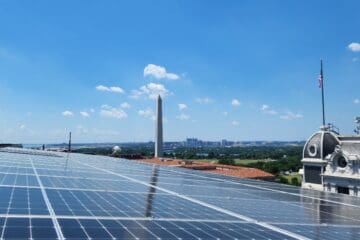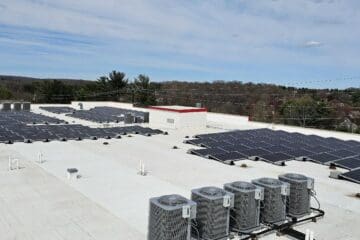On its second try, a bold climate solutions bill comes short in the MD Assembly
The Maryland General Assembly’s 2021 session ended with it’s final day of deliberation & voting this past Monday April 12th. The marathon day closed out an impressively productive session on several issue fronts like immigration, criminal justice and police reform. One major disappointment for advocates across the state, however, was the failure to pass the Climate Solutions Now Act of 2021.
The bill, sponsored by Senator Paul Pinsky in the Senate and Del. Dana Stein in the House, called for a 60% reduction (from 2006 levels) in emissions by 2030 (100% reduction by 2045), a bold but necessary move towards greenhouse gas reduction. The bill specifically included solar-ready requirements* for new schools and commercial buildings over 25,000 square feet of continuous space, 5 million trees to be planted throughout the state with a certain percentage required in urban or historically redlined areas and more electric vehicle deployment. The bill also set building energy efficiency goals and created a requirement for net-zero schools throughout the state.
For commercial solar, it would’ve meant a continuation of recent renewable energy progress throughout Maryland- progress that has been made at both the state level (like the passage of the massive Clean Energy Jobs Act of 2019) and the local level. Howard County, for example, has signed a 24 MW PPA for solar to be installed at several different sites around the county that will allow county government operations to run on a percentage of renewable energy. And Montgomery County, with its draft climate plan, calls for a large increase in renewable energy mix. Thanks to HB 768 which just passed this session, community choice energy will now be a pilot program in the county.
As local jurisdictions put the state on an aggressive track towards much-needed emission reduction targets, necessary bills like Climate Solutions Now will be less of a heavy lift and more of an understood goal the state can work towards in a methodical way.
Hopefully next year, a strong climate solutions bill can pass the MD General Assembly with all its mitigation & sequestration goals intact.
*Solar-ready as defined in the bill means at least 40% of the roof is “designed, engineered and constructed” to be free from obstruction and capable of handling a solar array.
Photo credit: Martin Ma



